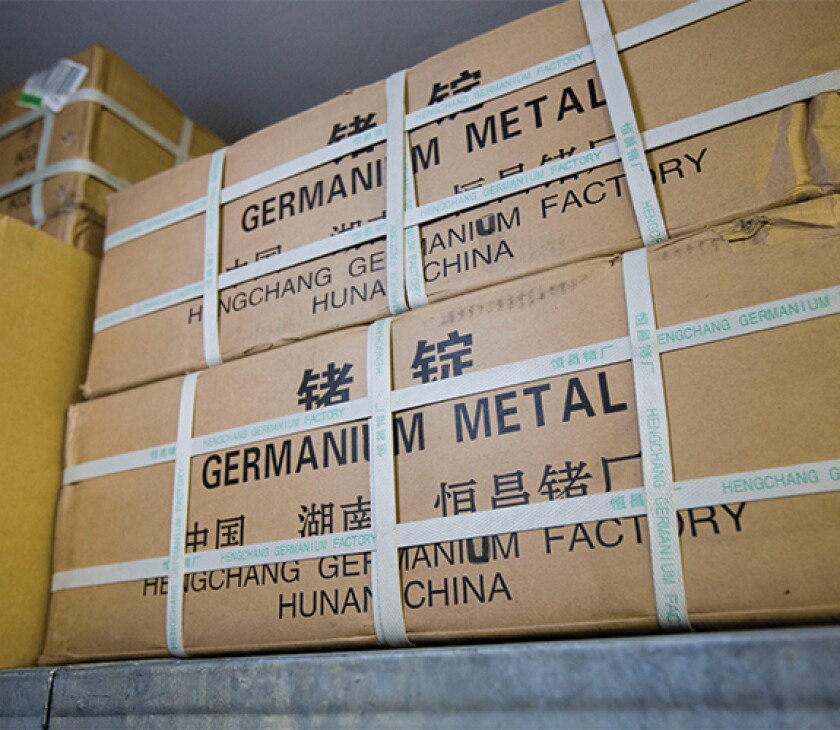Western governments are engaged in an increasingly fraught rivalry with China for access to Central Asia’s vast reserves of critical rare earth minerals.
China’s desire to control global supply of rare earth elements like neodymium and terbium — critical to the production of electric vehicles, missiles and semiconductors — became more obvious than ever last week, when it unveiled strict new rules, making exporters responsible for how rare earths are used overseas. The move sparked a flare-up in Sino-US antagonism.
If China’s plan has an Achilles heel, it is Central Asia. China holds almost all the leases for rare earth mining in Kyrgyzstan and Tajikistan, the region’s two poorest states, which face severe political and economic difficulties, said Sophie Ibbotson, a consultant to the World Bank in Central Asia.
But the region’s two richest states, Kazakhstan and Uzbekistan, have resisted Beijing’s advances, keeping control of their reserves of critical minerals, while expanding alliances with Western countries.
Uzbekistan is increasing uranium production via a French-Uzbek-Japanese joint venture in the Navoi region.
‘The new oil’
A huge deposit of cerium, lanthanum and neodymium was discovered in Kazakhstan’s Karagandy region in April. Initial estimates put reserves at 20m tonnes — if true, that could make Kazakhstan the world’s third largest producer of rare earths.
Both countries know the importance of rare earths — Kazakhstan’s president Kassym-Jomart Tokayev calls them “the new oil” — and the value of trade diversification.
Andrew D’Anieri, associate director at the Atlantic Council’s Eurasia Centre, says the two Central Asian states have been assiduous at “creating new allies and partners” in the West, as well as Africa and the Middle East.
It hasn’t been easy. For years, a major obstacle was lack of joined-up thinking in the West. That changed when Russia invaded Ukraine in 2022. Western states woke up to the threat of Beijing controlling the rare earth market. The US, Japan and others looked elsewhere for these elements, and Central Asia was the obvious source.
Deal flow has spiked. In September, during a visit to the US, Uzbekistan’s president Shavkat Mirziyoyev announced a JV between Tashkent-based Texnopark and FLSmidth, a Danish producer of technology for rare earth processing.
He also unveiled an $8bn deal to buy 22 Boeing 787 Dreamliners, with Kazakhstan later agreeing to purchase $4.2bn of locomotives from Pittsburgh-based Wabtec.
“Central Asia has been crying out for the West to engage with it,” said D’Anieri. “With the Trump administration that’s starting to happen.”
The Middle Corridor
Another key obstacle to development and diversification has been Central Asia’s place on the map: landlocked and encircled by Russia, China and Iran. The solution, officials hope, is the expansion of the ‘Middle Corridor’, a complex trade route that stretches from China to Europe via the Caspian and Black Seas. Crucially, it cuts out Russia.
Little used until Vladimir Putin’s forces invaded Ukraine, the Middle Corridor is a more expensive way to ship goods to the West than the ‘Northern’ corridor, which crosses Russia.
But it is faster, with average transit times between Kazakhstan and Poland of 10-15 days, versus 15-60 days via the Northern route.
The volume of goods transported each year via the Middle Corridor is projected to rise from 4.1m tonnes in 2024 to 11m by 2030.
Western investment continues to arrive. In May, the EU pledged €3bn to improve transport infrastructure in the region, as part of a €12bn Central Asia investment package spanning minerals, energy and digital connectivity.
